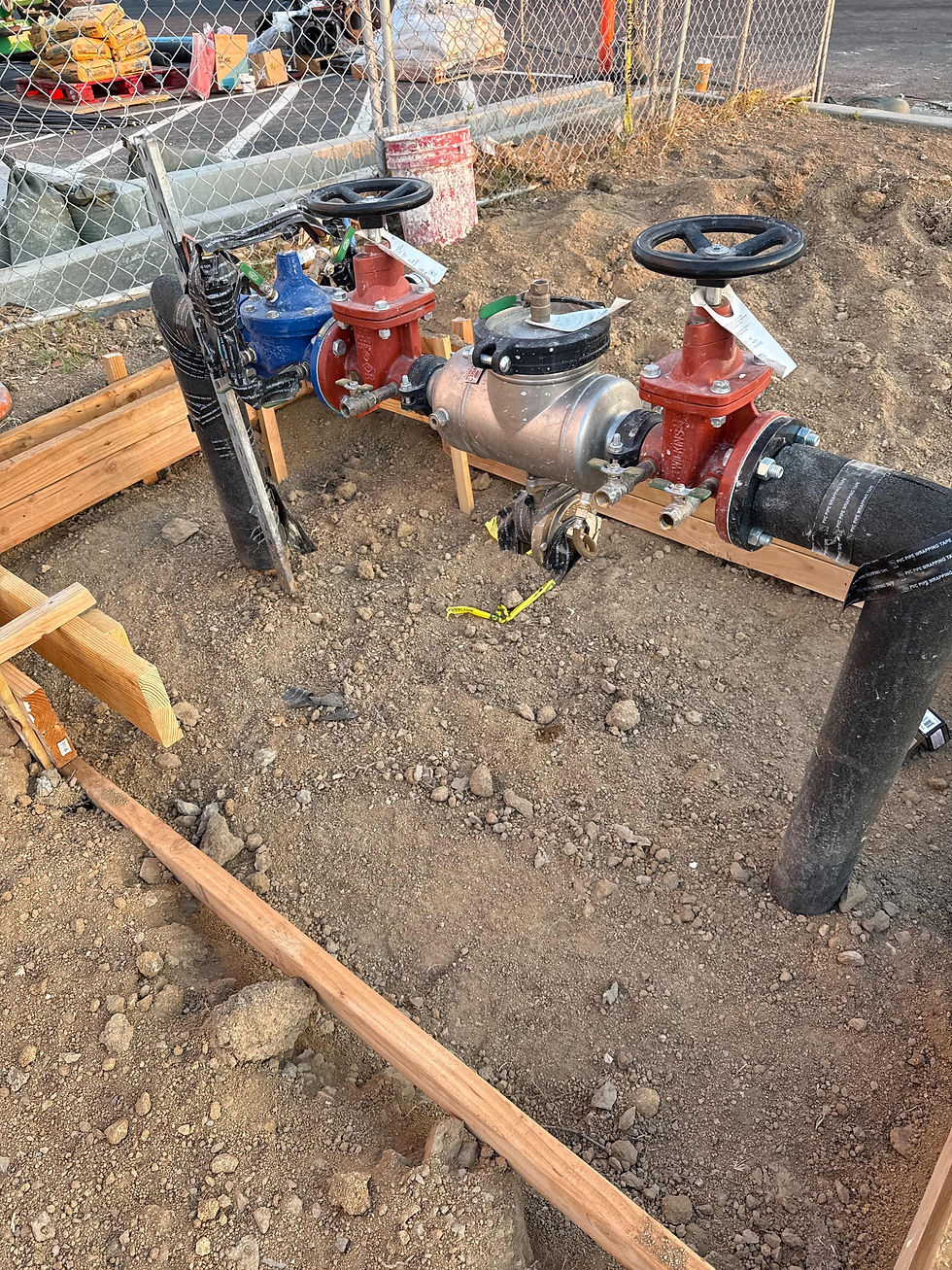Securing Water Safety: A Guide to Registering Your Backflow Prevention Device
- bill57931
- May 23, 2024
- 3 min read

Backflow prevention devices are critical components in maintaining the safety and integrity of public and private water supplies. These devices prevent the reverse flow of water from contaminating clean water lines due to pressure changes or pipe damage.
Registering your backflow prevention device is not only a regulatory requirement in many jurisdictions but also a proactive step towards ensuring water safety for your community. This blog will guide you through the process of registering your backflow prevention device, highlighting key considerations and offering fresh insights.
Understanding Backflow Prevention Device Registration
The registration of a backflow prevention device is a process mandated and regulated by local water authorities or environmental agencies. This process helps municipalities monitor and manage the risk of water contamination, ensuring all devices are properly installed, maintained, and functioning efficiently.
Steps to Register Your Backflow Prevention Device
Identify Local Requirements
Each locality has specific regulations governing backflow prevention. Contact your local water authority or environmental protection agency to gather information on the registration requirements. This may include specific forms, fees, and the schedule for periodic testing.
Hire a Certified Professional
Installation and initial testing of a backflow prevention device often must be conducted by a certified plumber or a specialist in backflow prevention. The certification ensures that the device is installed according to industry standards and local codes.
Complete Necessary Documentation
Registration typically requires filling out a form that includes details about the property, the water system, and the backflow device (make, model, serial number, and installation date). Be precise and thorough to avoid delays.
Schedule an Inspection
Some localities require an inspection by a city official or a third-party certified tester after installation. This inspection will verify that the device is installed correctly and functioning as intended.
Submit Registration and Fees
Once the installation is certified and the paperwork is complete, submit your registration along with any required fees to the appropriate local authority. Keep a copy of all documents for your records.
Regular Testing and Maintenance
After registration, periodic testing and maintenance of the device are required to remain compliant with local regulations. The frequency of testing varies by area but is typically annual. Keep records of all maintenance and testing to ensure continued compliance and registration renewal.
Innovative Practices in Backflow Prevention Registration
Digital Registration Platforms
Some regions are now offering online registration systems, allowing for more streamlined processing of applications, payments, and renewals. Check if your local water authority provides such digital services.
Integration with Smart Home Systems
Technological advancements have led to the development of smart backflow prevention devices that can monitor system integrity in real-time and send alerts for malfunctions or required tests. These systems can sometimes be registered and monitored through connected apps, enhancing ease of use and compliance.
Educational Programs
Participating in or advocating for local educational programs about water safety and backflow prevention can heighten community awareness and compliance, making registration and maintenance a community-focused initiative.
Conclusion
Registering your backflow prevention device is a crucial step in safeguarding your community's water supply. By following local guidelines, engaging with certified professionals, and keeping up with maintenance and testing, you can ensure that your water system is not only compliant but also contributes to the overall health and safety of your environment.
As technology and regulations evolve, staying informed about the latest practices and innovations in backflow prevention will help maintain the efficacy and reliability of your water safety measures.







Comments